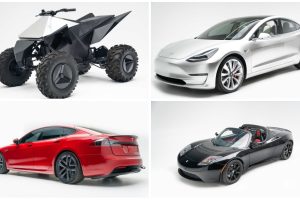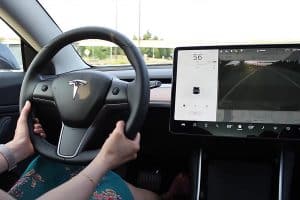Traditional automakers stand to lose billions if Electric Vehicles (EVs) are successful. The legacy Internal Combustion Engine (ICE) equipment, service revenue, and dealerships all stand to become stranded assets. At the same time, investing in a transition to EV would undermine their core business model. So why would they want to make an EV? To appease a mandate, to hit emissions targets, and to prove that no one wants an EV.
Pre 2017
Automakers created EVs with limited range, poor aesthetics, and utterly lacking power. These limitations become self-fulfilling prophecies to hamstring the success of the EV. Make a car that no one wants, and when it fails to sell the executives say: “We tried EVs and they failed” or “There is no demand for EVs”.
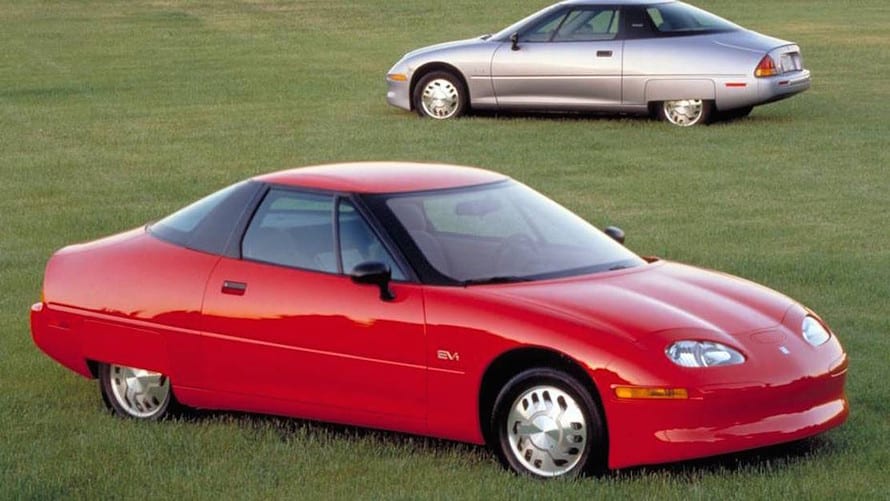
GM EV1 (1996 – 1999) – In 1990, California implemented a mandate for Zero Emision Vehicles (ZEV). GM’s answer was a 2 passenger vehicle with short range of 55 -100 mile, 137 hp, and a top speed of 80 mph. In spite of these limitations, those who drove them, loved them. In 2003, the ZEV mandate was repealed, and all of the vehicles were collected and destroyed. GM crushed and burned a 30 year lead in EVs because of what it would do to their core business model.
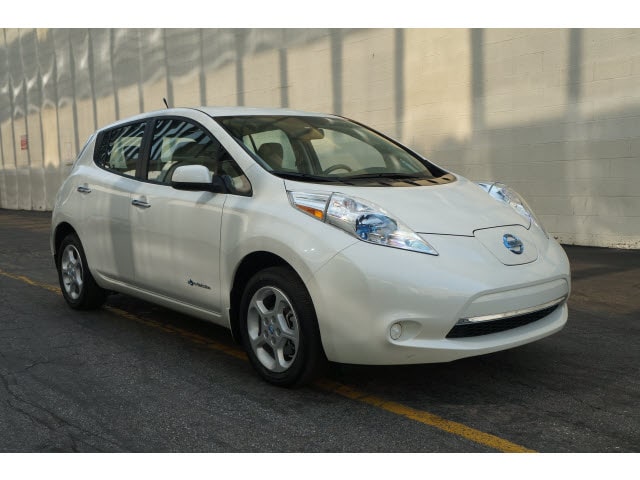
Nissan leaf (2010-2017) – This 5 door hatchback leaned on efficiency while trying not to break the bank. It had only a 73 mile range, lower power at 110 hp, and a top speed of 93 mph. It was about $33,000 before the $7,500 tax credit back in 2010. The leaf has been one of the most adopted EVs over these past 20 years, though their value drops significantly because of the short range and more attractive recent models. In spite of these limitations, over 300,000 of these vehicles have been sold prior to 2017.
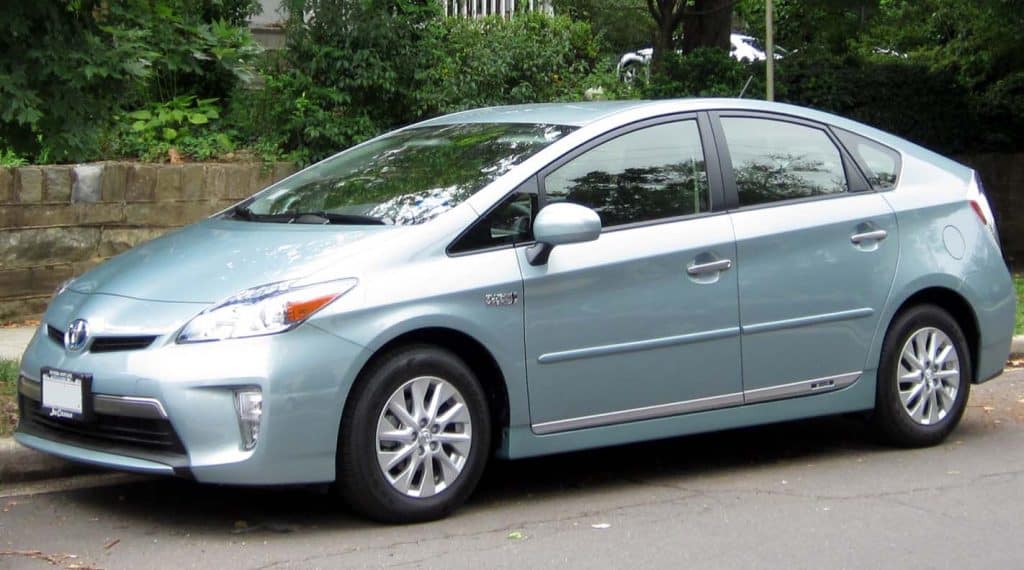
Toyota Prius Plug in Hybrid EV (PHEV) (2012 -2016) was the simple modification of the already successful, if ugly, Toyota Prius. The battery ran the tiny 80 hp motor for 11 miles before switching over to ICE. This model only sold 129,000 units over these 4 years compared with over 2,000,000 global Prius sales.
Post 2017
Something happened in 2017 that made automakers change their EV design. They started to make attractive vehicles, with reasonable range, and impressive power.
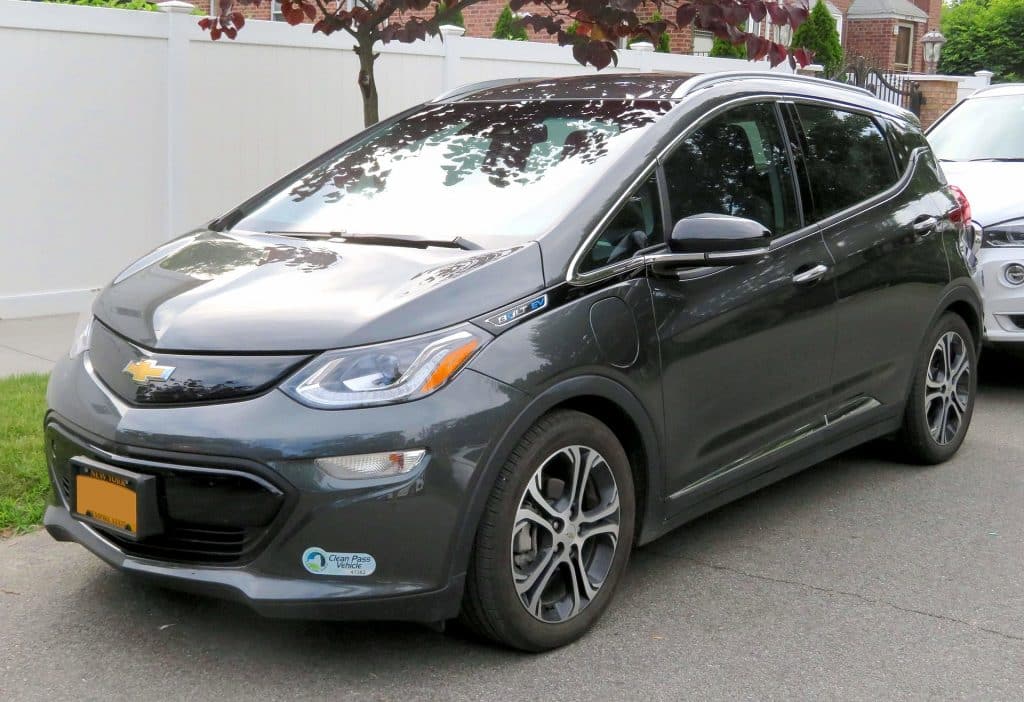
Chevy Bolt (2017-present) This 5 passenger vehicle has a range of 250-320 miles depending upon the package. It looks a better, and it has a 200 hp motor!

Nissan Leaf ZE1 (2017 – present) This 5 passenger vehicle has a range of 150-170 miles depending upon the package. It looks a better, and it has a 148 hp motor.
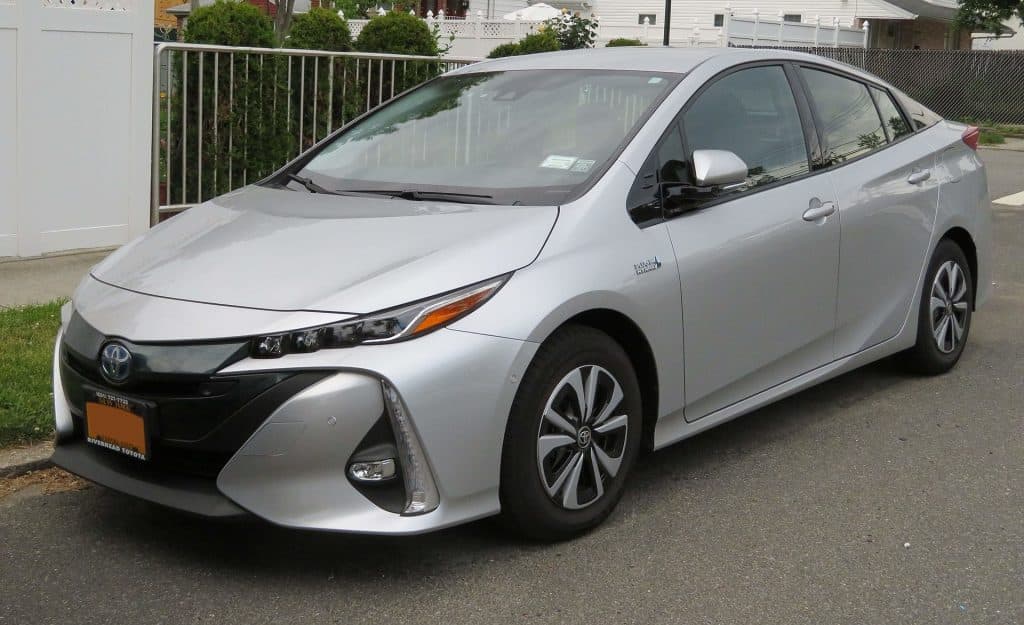
Toyota Prius Prime PHEV (2017 – present) Still only 25 miles of full electric but it looks like a vehicle designed to sell.
What happened in 2017?

The Tesla Model 3 (2017 – Present) This sporty model has 250 – 320 mile range, looks like a luxury product, and has an incredible 283 hp! This is a vehicle with a design that promises to sell. it has delivered on that promise as the world’s top selling EV with over 500,000 global deliveries since 2017. Legacy automakers had 30+ years to prepare for the Model 3, but they squandered that opportunity in an attempt to protect their core business.
2020 and beyond
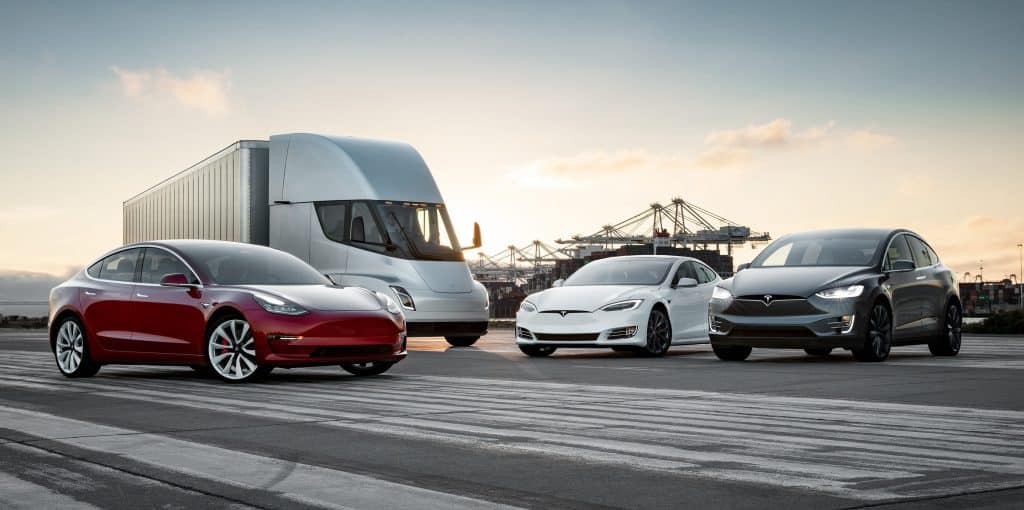
The Tesla Master Plan part Deux is to “expand to cover the major forms of terrestrial transport”. So far there is a luxury sedan, SUV, high end economy car, and a crossover. The road map includes a pickup truck, a semi, a true economy commuter vehicle, and a bus-like transport. The legacy automakers have a true contender that has disrupted their core business. There is no more time. They must quickly produce EVs people want, or fade into history just like their crude attempts to offer an electric future.
Chevy has shifted their top engineers from the next generation Corvette to work on their EV line.
Ford has started an EV campaign with an EV Mustang and an EV F-150 in the plans.
Want to buy a Tesla Model 3, Model Y, Model S, or Model X? Feel free to use my referral code to get some free Supercharging miles with your purchase: http://ts.la/guanyu3423
You can also get a $100 discount on Tesla Solar with that code. Let’s help accelerate the advent of a sustainable future.



